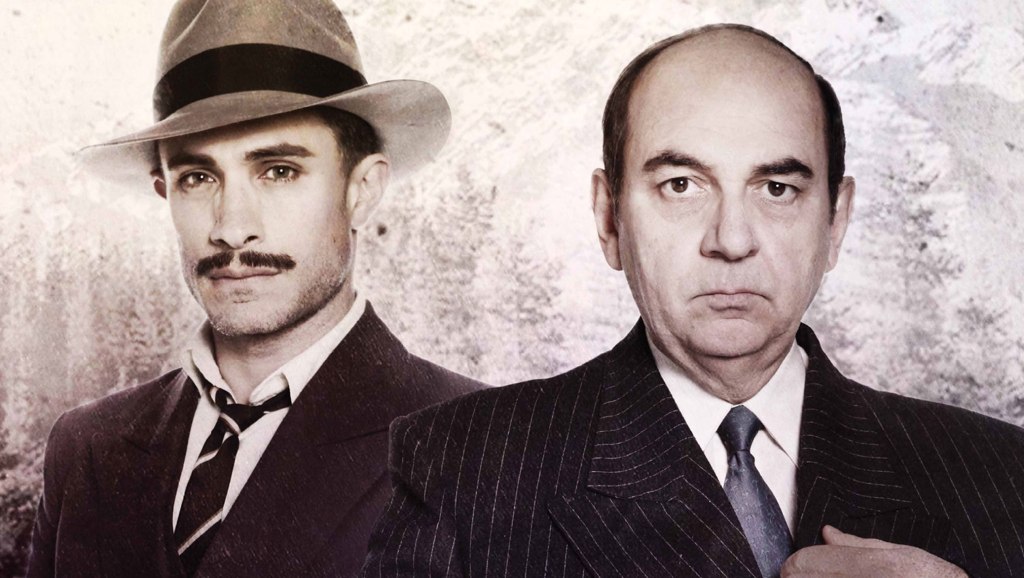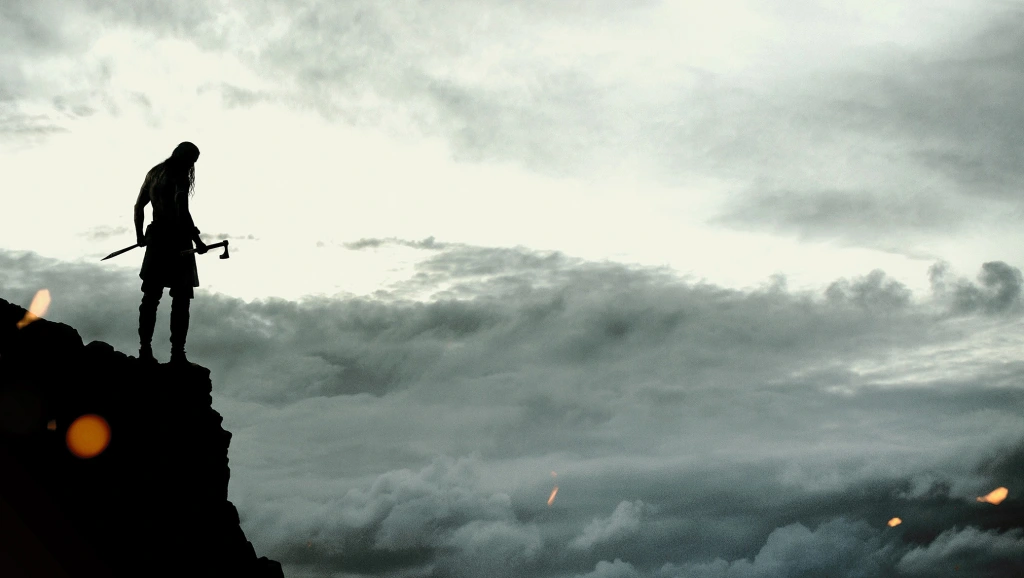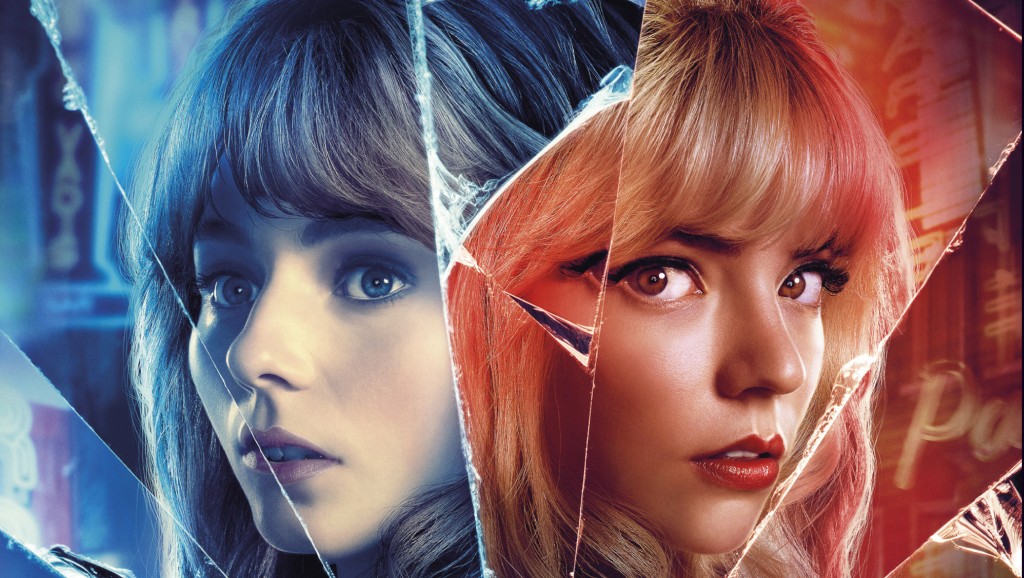
If you’re unfamiliar with the works of director Pablo Larraín then you may have heard of Jackie, the Oscar nominated drama starring Natalie Portman. Pablo Larraín’s work maybe small in number but each of his films have carried a sense of identity and prior to his work on Jackie, that identity search coincided with the escalating depiction of the militaristic dictatorship in Chile. Neruda certainly adds to that collection.
Neruda takes its historical cue on the life of Pablo Neruda (Luis Gnecco), a Chilean poet, diplomat, politician and Senator of the Communist Party. In 1948 when Communism was outlawed in Chile, a warrant for Neruda’s arrest was issued and this becomes the foundational basis of the film – a Catch Me If You Can scenario where Inspector Óscar Peluchonneau (Gael García Bernal) is assigned to find him.
Normally when it comes to biopics, it’s usually a straight-forward affair, cycling through life changing events over a period of time and hinged on one Oscar attracting moment. But director Pablo Larraín does something inventive that skips out on those formalities, paying tribute to Neruda’s artistic vision as well as paying tribute to an influential cinema genre.
Neruda is a stylistic interpretation of film-noir, a film language used predominantly during the early 1940s and late 1950s with its roots derived from German Expressionism. Whilst it’s not the black and white adventure that films such as The Third Man, The Maltese Falcon, Double Indemnity or The Big Sleep embraced, highlighting the dual, ambiguous feel of characters and cynical views, Neruda as a neo-noir certainly captures that unravelling mood and enigma with its use fedora hats, the internal narration and even the long, thoughtful stares as they contemplate the significance of evidence. But like all good film-noir, the main protagonist always attempts to get inside the head of the person they aim to find as they investigate their behavioural characteristics. Neruda leaves behind novels for Inspector Peluchonneau, breadcrumb clues in this cat and mouse game to help the Inspector understand his role in this mystery. Like a throwback to Hitchcock and Vertigo, Neruda aims to paint life as stranger than fiction.

Yet it’s the fiction that’s highlighted throughout, almost a reversal on the noir trends, blurring the lines between factual truth and a surrealist dream.
One aspect that Larraín uses to bring the audience into this mystery is through the film’s clever use of editing. Normally when we see an edit, it’s a cut between two camera positions, normally labelled as A and B. It adopts a certain framing position where the actor is entirely at its centre. Through the editing process, the camera switches between these viewpoints (shot and reverse shot) to capture a continuous conversation. Neruda’s editing is very different. The camera is placed in different spaces simulating distance and intimacy. In some scenes, seamless conversations are transported to different locations as if we suddenly and dramatically lost time. Even the conversations move from being formal, addressing a certain number of people in a scene to informal where it’s personal and direct, like two characters confessing a truth, a fear or an underlying love. These distinct camera movements and post-production editing tricks all adds to the disconcerting feel of the film. For a biopic that’s suppose to be a knowledgeable insight into a real life person, Neruda certainly takes an unconventional and subtle approach. Similar to Michel Gondry’s Eternal Sunshine of the Spotless Mind where every scene feels like a mind-bending twist, Neruda certainly questions what is going on and who exactly is in control of the narrative. And it’s in that space where Neruda showcases the talent he’s famous for.
You’ve heard of the sentence life imitating art, well in Neruda it’s the reversal – it’s art imitating life. Neruda’s poetry serve as the inspiration to the people and a signal of freedom. Despite his exile from the political forefront, in times of need or desperation, he becomes a voice to the voiceless. His words act as a comfort or to continue the resistance against government and military oppression. But even writing is not enough – to understand art you have to live it and breathe it. However cliché that may sound, it’s the occasional moments where he’s hiding in plain sight, romanticising the hunt that makes a humiliating mockery of the arrest warrant by turning the inspector into a keystone cop. It’s the inspector’s habit of always arriving too late or failing to understand Neruda’s reputation amongst the ever changing events in Chile.
But Neruda also goes to show the power of words itself and how it can transcend above and beyond from poet to influential leader. Like any creator writing a story, they decide how everything plays out from beginning, middle and end. They imagine the scenario and the context of every scene and character to the point where fiction becomes a reality and it writes itself as a living, breathing entity. Through that journey a revelation of truth is revealed which has unexpected consequences. And it’s in that blurring line where Neruda shines – the audience not knowing where that line starts or stops as the film evolves towards its natural end.
Neruda is certainly one of the most enjoyable biopics I’ve seen in a long time. Sure it doesn’t answer every particular question you may have or reveal every famous Neruda quote. But like all film noir, it’s a goal obsessed journey with the film focusing on one adventurous moment with an obsessive desire to unravel a mystery.
Like the film, it never compromises or settles just like the man himself who is always chasing that artful perfection and definition. By delivering the unexpected, before you’ve even realised it, you’re part of the Neruda’s poetry in motion.






Don’t Be Shy – Leave a Reply